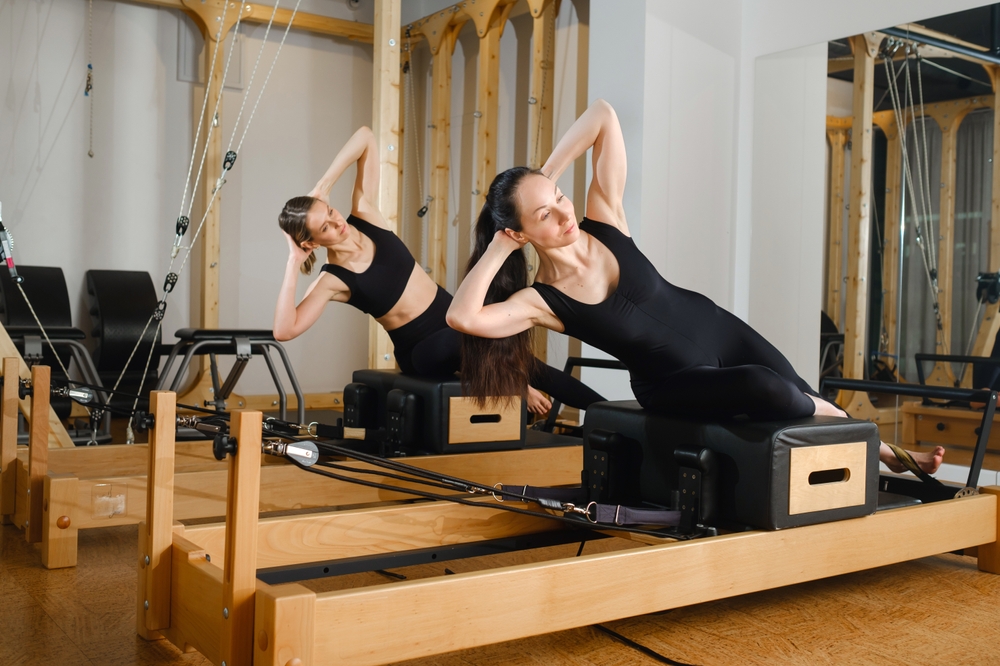Navigating Global Regulations for Mobility Device Approval
Approving mobility devices across different countries requires understanding diverse regulatory frameworks, technical standards, and clinical expectations. This article outlines core regulatory themes for limb and socket systems, biomechanics and alignment, materials and manufacturing, sensors and analytics, and accessibility considerations to help stakeholders plan compliance strategies.

Regulatory approval for mobility devices is shaped by safety, performance, and clinical evidence requirements that vary by jurisdiction. Manufacturers, clinicians, and procurement teams must balance biomechanical goals such as alignment and comfort with technical criteria for materials, durability, and sensor safety. Successful navigation means aligning product development, testing, and documentation with regional expectations while maintaining focus on fitting, rehabilitation pathways, and accessibility for end users.
This article is for informational purposes only and should not be considered medical advice. Please consult a qualified healthcare professional for personalized guidance and treatment.
How do limb and socket standards vary internationally?
Standards for limb interfaces and socket design reflect different clinical priorities and testing methods. Regulatory bodies commonly require demonstration that a limb interface does not produce harmful stresses and that sockets maintain structural integrity during typical use. Documentation often includes material specifications, manufacturing processes that affect socket fit, and clinical reports showing successful rehabilitation outcomes. Local services and clinics that perform fittings may also need to meet competency standards; engagement with certified prosthetic and orthotic providers in your area can be important for post-market surveillance and user feedback.
What role do biomechanics and alignment regulations play?
Biomechanics and alignment affect both safety and functional performance, so regulators examine evidence that devices deliver predictable alignment and gait outcomes. Test protocols may require mechanical testing of joint and pylon components and clinical data demonstrating that the device supports appropriate alignment under loading. Manufacturers should include analytics from lab testing and field studies showing how alignment impacts mobility, comfort, and long-term rehabilitation progress. Clear instructions for clinicians on achieving proper alignment during fitting reduce variability and support regulatory submissions.
How do materials, manufacturing, and durability factor in?
Materials and manufacturing processes are core regulatory concerns: fatigue testing, biocompatibility, and traceability are typical requirements. Regulators expect documentation of raw materials, supply-chain controls, and quality management systems that demonstrate consistent manufacturing. Durability testing protocols simulate expected lifecycles and environmental exposures to show that components maintain performance. Changes to materials or manufacturing steps often trigger supplementary filings, so maintain records of batches, supplier audits, and manufacturing analytics to expedite approvals and post-market maintenance.
What rules apply to sensors, analytics, and customization?
When a device includes sensors or analytics—such as embedded motion sensors to support alignment or activity monitoring—additional rules apply for software and data handling. Regulators may evaluate electrical safety, electromagnetic compatibility, cybersecurity, and clinical validation of analytics driving clinical decisions. Customization that leverages data-driven tuning requires documented validation that algorithms are reliable across populations. Privacy and accessibility considerations are also reviewed; manufacturers should describe how sensor data are stored, used, and protected as part of a submission.
How do fitting, comfort, and rehabilitation requirements differ?
Clinical aspects like fitting protocols, comfort metrics, and rehabilitation pathways are central for regulatory acceptance and user outcomes. Submissions often include clinical evidence showing how fitting processes lead to functional improvement and reduced adverse events. Comfort and socket interface considerations influence materials and design choices, while rehabilitation plans detail how users adapt to alignment changes. Collaboration with rehabilitation specialists and collection of standardized outcome measures strengthens the clinical case for approval and supports accessibility objectives.
How do accessibility and mobility laws affect approval?
Beyond device-specific standards, national accessibility laws and healthcare procurement rules influence market entry. Regulations may dictate coverage criteria, proof of clinical necessity, and conformity with accessibility standards for devices used in public settings. Understanding these laws helps anticipate post-approval requirements such as labeling, user instructions, and compatibility with assistive infrastructure. Engaging with regulators early and documenting usability testing that addresses mobility and accessibility can streamline compliance.
Conclusion Navigating global regulatory pathways for mobility devices requires integrating technical testing, clinical evidence, manufacturing controls, and data governance. Attention to limb and socket interfaces, biomechanics and alignment, materials and durability, sensor analytics, and rehabilitation practices will help align development with jurisdictional expectations. Proactive documentation, coordinated clinical partnerships, and engagement with local services support smoother approvals and ongoing accessibility for users across regions.





